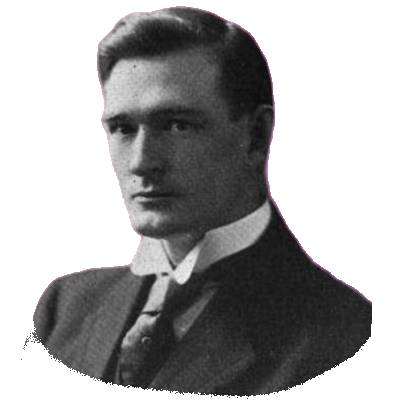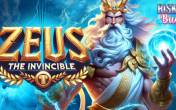
William Delbert Gann
Childhood
Born on June 6, 1878, in Lufkin, Texas, Gann grew up in a humble farming family. His father worked in the cotton industry, exposing young Gann to commodity price fluctuations early on. Little else is documented about his childhood, but his later work suggests a deep fascination with mathematics, astronomy, and biblical prophecy.
Career
Gann began trading in 1902 at age 24. Over the decades, he developed unique technical analysis tools, including:
- Gann Angles – Diagonal lines used to predict price movements.
- Square of Nine (Spiral Chart) – A numerical grid for identifying market trends.
- Hexagon Chart & Circle of 360 – Tools based on geometric and astrological cycles.
His methods were rooted in esoteric principles, blending astrology, ancient mathematics, and time cycles. While some traders swore by his techniques, critics dismissed them as pseudoscience.
Personal life
Gann was a devout student of the Bible and a 33rd-degree Freemason (Scottish Rite). His Masonic involvement may have influenced his interest in sacred geometry and numerology. He was also known to study ancient Greek and Egyptian mathematics.
Revenue
Gann’s financial success remains debated:
Some followers claim he amassed $50 000 000 (over 500 million today).
Others, including his son and associates, suggested he earned more from selling courses than trading. His estate was reportedly worth around $100,000 at death.
Interesting facts
- Gann’s writing was intentionally cryptic—some believe to protect his methods.
- He accurately predicted the 1929 stock market crash and other major events.
-
His book Tunnel Thru the Air (1927) contained fictionalized market predictions.
Legacy
Gann’s influence persists in technical trading. While mainstream finance often dismisses his astrological approach, many traders still use Gann angles and cycle analysis. His books and courses remain popular among speculative investors.
Frequently asked Questions
Yes. Though his public writings were vague, private letters reveal he relied on planetary cycles, eclipses, and astrological events for market predictions.
Yes, particularly in technical analysis. Traders still apply Gann angles, Square of Nine, and time cycles, though their effectiveness is debated.
Not in the casino sense, but his speculative trading carried high risk—similar to gambling in financial markets.
He famously forecasted the 1929 stock market crash and other major turns using his time-cycle theories.
















